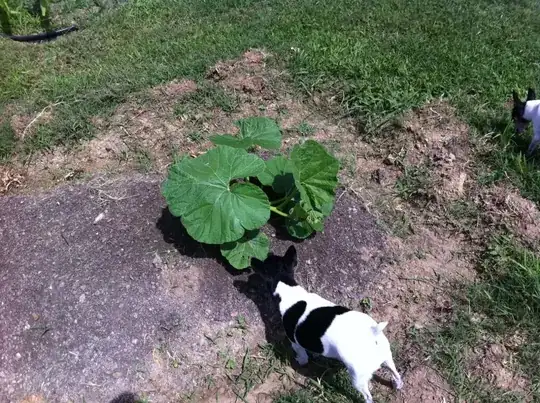I have six particular 40-day-old white pumpkin plants. I need to multiply these particular plants as rapidly as possible -- It's at least another month or two before I can extract viable seeds.
Am I better off utilizing the bury-the-vine method? I am a bit concerned about what stage (how large) a pumpkin plant should be at before burying portions.
There is also the method that involves cutting the plant, dipping in root hormone, and placing in a greenhouse environment to supposedly promote new root development. I believe this method could multiple faster if it worked, but I'm hesitant to waste the effort on this if the bury-the-vine method is more suitable.
